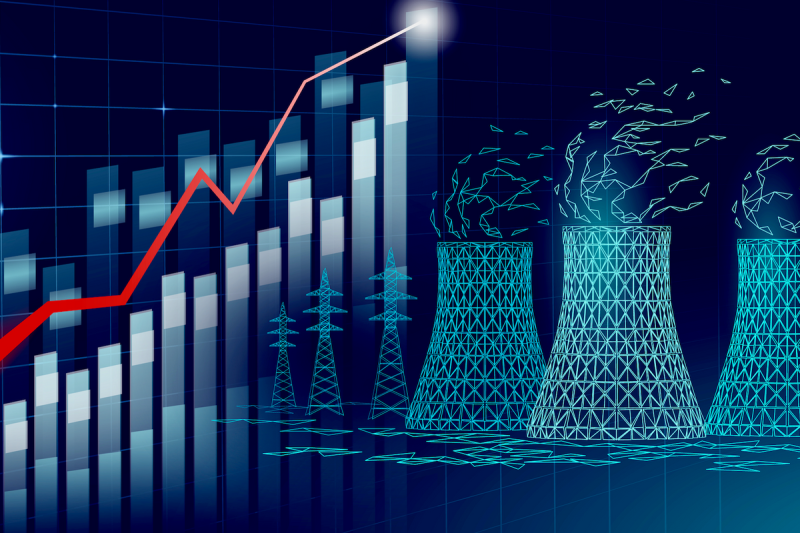The United States Plans to Triple Nuclear Power Capacity by 2050: An In-depth Analysis
In an ambitious move, the United States government has outlined plans to triple its nuclear power capacity by 2050. This decision comes amidst the growing global concern for clean and sustainable energy sources, as well as the need to reduce greenhouse gas emissions. The expansion of nuclear power in the US is expected to play a significant role in achieving these goals and meeting the country’s energy demands in the coming decades.
One of the key drivers behind the decision to expand nuclear power capacity is the need to reduce carbon emissions and combat climate change. Nuclear power is a low-carbon energy source, producing minimal greenhouse gases compared to traditional fossil fuels such as coal and natural gas. By increasing the share of nuclear power in the energy mix, the US aims to decrease its carbon footprint and contribute to global efforts to mitigate climate change.
Furthermore, nuclear power is considered a reliable and consistent source of energy that can provide baseload power to support the grid. Unlike renewable energy sources like wind and solar, nuclear power plants can operate continuously and generate electricity around the clock, regardless of weather conditions or time of day. This reliability makes nuclear power an essential component of a diversified energy portfolio, ensuring grid stability and resilience.
However, the expansion of nuclear power capacity is not without challenges and considerations. Safety concerns, waste management, and proliferation risks are all important factors that need to be carefully addressed in the planning and implementation of new nuclear projects. Ensuring the safety and security of nuclear facilities, as well as developing effective strategies for the disposal of radioactive waste, are critical aspects of expanding nuclear power capacity in a responsible and sustainable manner.
In addition to these challenges, the economic viability of nuclear power projects is also a significant consideration. Historically, nuclear power has been associated with high upfront costs and long construction timelines, which can deter investors and policymakers from pursuing nuclear energy projects. However, advancements in technology, such as modular reactor designs and streamlined regulatory processes, could help reduce costs and accelerate the deployment of new nuclear power plants.
Looking ahead, the successful expansion of nuclear power capacity in the US will require a coordinated effort from government, industry, and other stakeholders. Collaboration and cooperation between policymakers, regulators, utilities, and the public will be essential in overcoming challenges and ensuring the safe and effective deployment of nuclear energy technologies. By committing to a clean and sustainable energy future, the US aims to lead the way in transitioning towards a low-carbon economy and securing a reliable energy supply for future generations.
